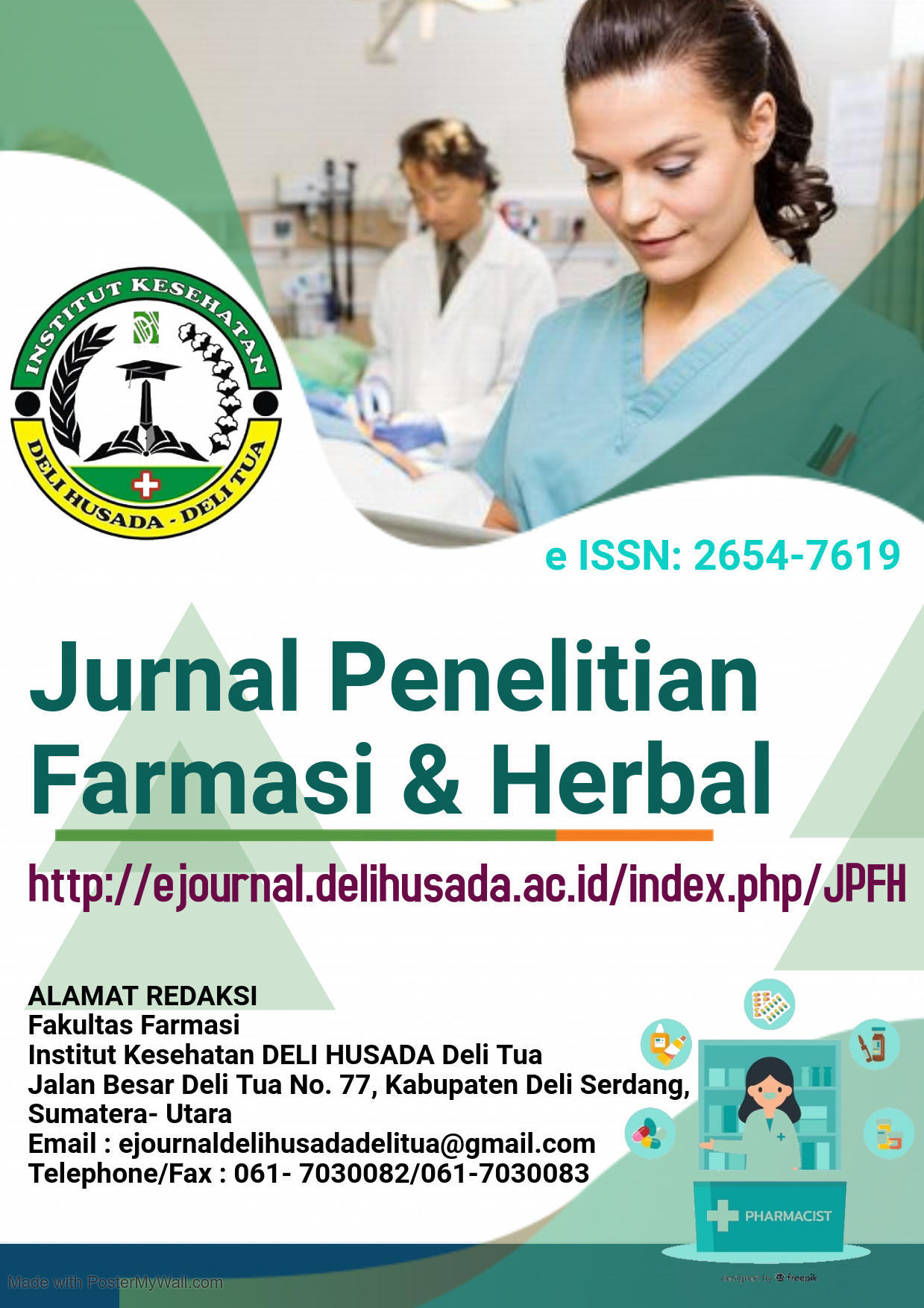ANALISIS DESKRIPTIF EFEK SAMPING PENGGUNAAN OBAT ANTI TUBERCULOSIS PADA PASIEN TBC DI RSUD Dr. PIRNGADI MEDAN
Abstract
The bacteria Mycobacterium tuberculosis causes tuberculosis. That bacteria is a very strong bacterium, so it should used some antibiotics to kill the bacteria. Tuberculosis (TB) treatment has two stages of intensive and advanced stages. To improve the compliance of TB, patients generally use anti-tuberculosis drugs (OAT) a fixed-dose combination. In the intensive stage, there are at least four antibiotics in the OAT combines fixed-dose. The use of polypharmacy drugs leads to the onset of unwanted side effects and is one of the causes of tuberculosis patients to stop treatment. The purpose of this research is analyzing the side effects that occur during the treatment of anti-tuberculosis. Sampling techniques performed in a prospective observation of tuberculosis patients who consume OAT for two months with analysis using statistics. The results of the study are the most frequent adverse effects on OAT are itching, headache and nausea with a percentage of each 72%, joint pain 45%, abdominal pain 36.4%, less appetite and rash respectively 27,3% and reddish colour in the urine 18.2 %.







